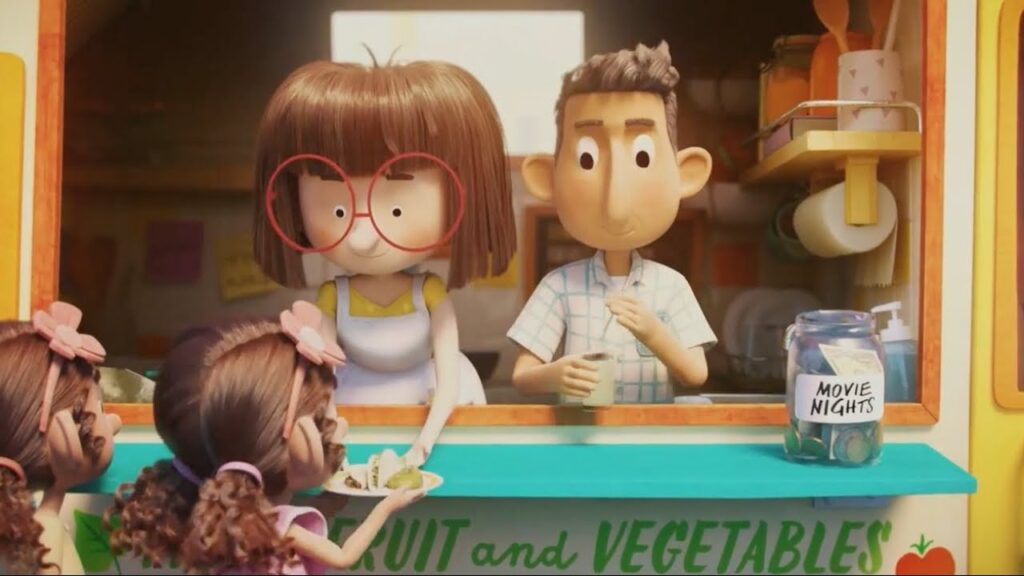Princess Mononoke
In Miyazaki’s 1997 animated picture Princess Mononoke, many topics centered on man and his conflict are portrayed, but we will only focus on the battle between man and nature. This theme arguably impacts the film and many of the characters’ behaviors along the way, emphasizing its significance. The intense fights between man and his beast god equivalents demonstrate this. Nature is portrayed as a formidable force, but one that is aging, whereas humanity is depicted as a group that is beginning to industrialize and gaining strength. Lady Eboshi, a powerful young leader, and her industry powerhouse of a hamlet, “Iron Town,” as well as a young Prince, Ashitaka, who was cursed by a demon, represent the human half of society. The old animal gods’ strength and power may be seen clearly in the Boar God, Okkoto-nushi, and the Wolf Goddess, Moro-no-kimi, and they weathered yet formidable ways; additionally, this power can be observed in San, a young girl raised by wolves. This film, much to the joy of the audience, is more than just a never-ending conflict between old and new; it also investigates the grey region of the present and seeks to establish a balance. Throughout the film, a bond forms between Ashitaka and San, which blossoms and begins to resolve the long-running conflict between man and nature.
Referencehttps://wp.wwu.edu/cinemawithfletcher/2017/05/16/princess-mononoke-final-draft/
